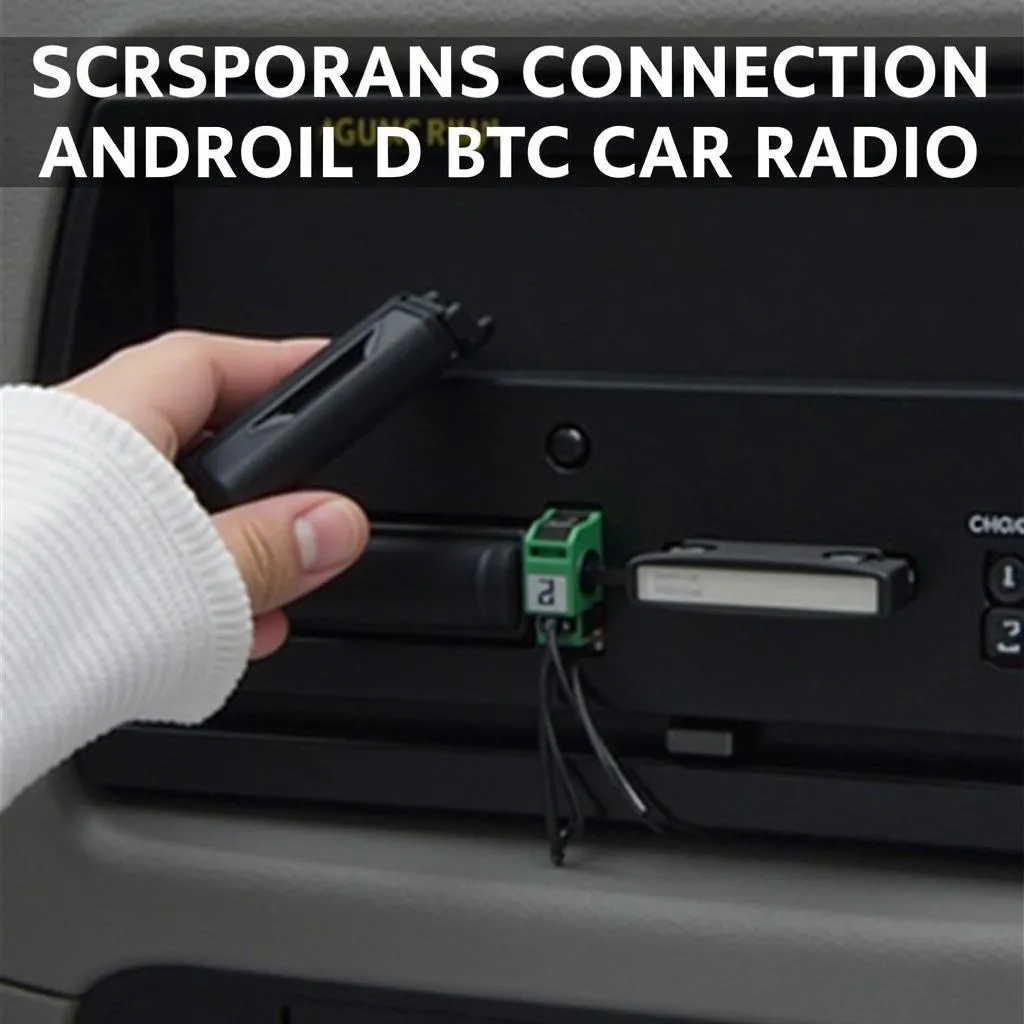Your car’s anti-lock brake system (ABS) is a safety feature designed to prevent your wheels from locking up during sudden braking, giving you more control over your vehicle. When the ABS warning light illuminates on your dashboard, it’s a signal that something is wrong with the system.
This article will explore the common causes of an ABS warning light, how to diagnose the issue, and what steps you can take to fix the problem.
Understanding the ABS Warning Light
The ABS warning light is typically a yellow or amber light shaped like an exclamation mark inside a circle. When this light comes on, it indicates that there’s a fault in the ABS system, potentially affecting its functionality.
While it might be tempting to ignore the light, it’s important to understand that driving with a faulty ABS system can significantly compromise your safety. In an emergency braking situation, your wheels may lock up, leading to a loss of control and potentially causing an accident.
Common Causes of an ABS Warning Light
The ABS warning light can be triggered by a variety of factors, including:
- Low Brake Fluid: A low brake fluid level can affect the ABS system’s pressure sensors, causing the warning light to illuminate.
- Faulty Wheel Speed Sensor: The ABS system relies on wheel speed sensors to detect wheel rotation. A faulty sensor can lead to inaccurate readings, triggering the warning light.
- Electrical Problems: A short circuit or loose connection in the ABS system’s electrical components can also trigger the warning light.
- Faulty ABS Module: The ABS module is the brain of the system. If it malfunctions, the warning light will come on.
- Faulty Brake Pads or Rotors: Worn-out brake pads or damaged rotors can affect the ABS system’s performance and trigger the warning light.
- ABS Hydraulic Pump Failure: The ABS hydraulic pump provides the pressure needed for the system to function. If it fails, the warning light will illuminate.
- Faulty Brake Line: A leak or blockage in the brake lines can also affect the ABS system.
Diagnosing the ABS Warning Light
The first step in addressing an ABS warning light is to diagnose the problem. A mechanic can use an OBD-II scanner to retrieve diagnostic trouble codes (DTCs) stored in your vehicle’s computer. These codes can provide valuable insights into the cause of the issue.
Troubleshooting Tips
Here are some steps you can take to troubleshoot an ABS warning light:
- Check the Brake Fluid Level: Ensure that the brake fluid level is within the designated range. If it’s low, add compatible brake fluid to the reservoir.
- Inspect the Wheel Speed Sensors: Look for damage or debris on the sensors. Clean them thoroughly and ensure they are securely mounted.
- Check for Loose Connections: Inspect the electrical connectors in the ABS system for corrosion or loose connections.
Seeking Professional Help
If you’ve tried basic troubleshooting and the ABS warning light remains illuminated, it’s best to seek professional help. A qualified mechanic can perform a thorough inspection of your vehicle’s ABS system and diagnose the issue. They can also repair any faulty components, ensuring your car’s brakes are functioning correctly.
What Happens If You Ignore the ABS Warning Light?
Ignoring an ABS warning light can have serious consequences. Here are some potential risks:
- Reduced Braking Performance: Your vehicle’s braking performance can be significantly affected, leading to longer stopping distances.
- Loss of Control: Your wheels may lock up during emergency braking, resulting in a loss of control.
- Increased Risk of Accidents: Driving with a faulty ABS system increases your risk of getting into an accident.
Can You Reset the ABS Warning Light Yourself?
While you can use an OBD-II scanner to clear the ABS warning light, it’s not recommended to do so unless you’ve identified and addressed the underlying issue. The light will reappear if the problem persists.
Don’t Drive With a Faulty ABS System
Remember, the ABS system is a critical safety feature. It’s essential to take action when the ABS warning light comes on. Addressing the issue promptly will not only restore your car’s braking performance but also significantly improve your safety on the road.
FAQ
Q: How much does it cost to fix an ABS warning light?
A: The cost of fixing an ABS warning light varies depending on the specific issue. Minor problems, like low brake fluid, can be fixed for a few dollars. More complex issues, like a faulty ABS module, can cost several hundred dollars or more.
Q: Can I drive my car with an ABS warning light on?
A: It’s not recommended to drive with an ABS warning light on. Your car’s braking system may be compromised, increasing your risk of an accident.
Q: Is the ABS warning light related to the brake warning light?
A: While both lights indicate a problem with your braking system, they are separate warnings. The brake warning light indicates a general brake system problem, while the ABS warning light specifically indicates a problem with the anti-lock brake system.
Q: Can I bypass the ABS system to disable the warning light?
A: It is not advisable to bypass or disable the ABS system. Disabling this important safety feature significantly increases your risk of an accident.

